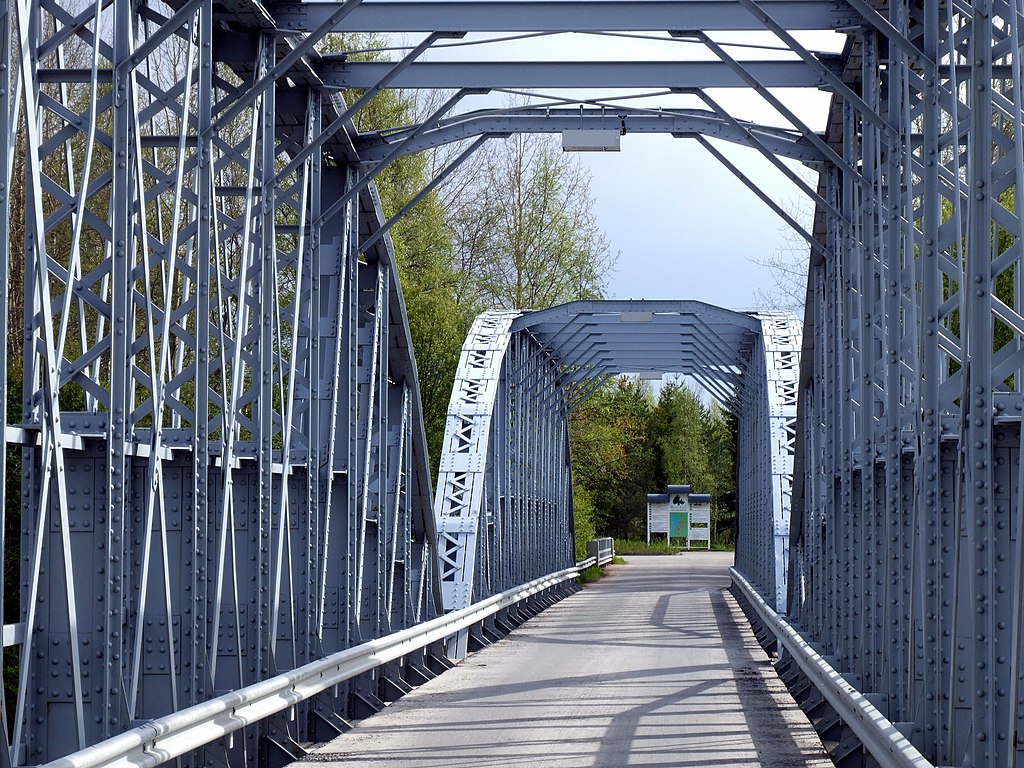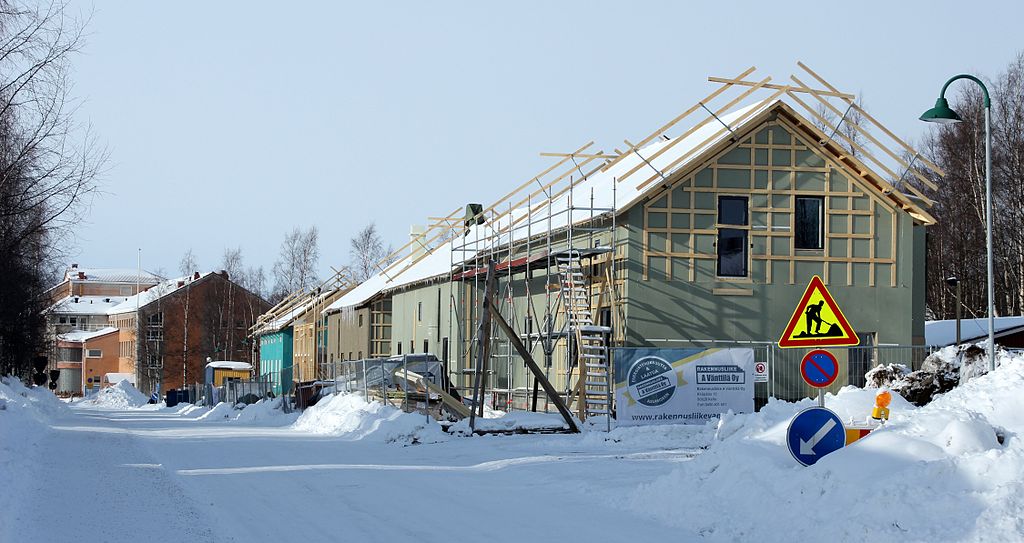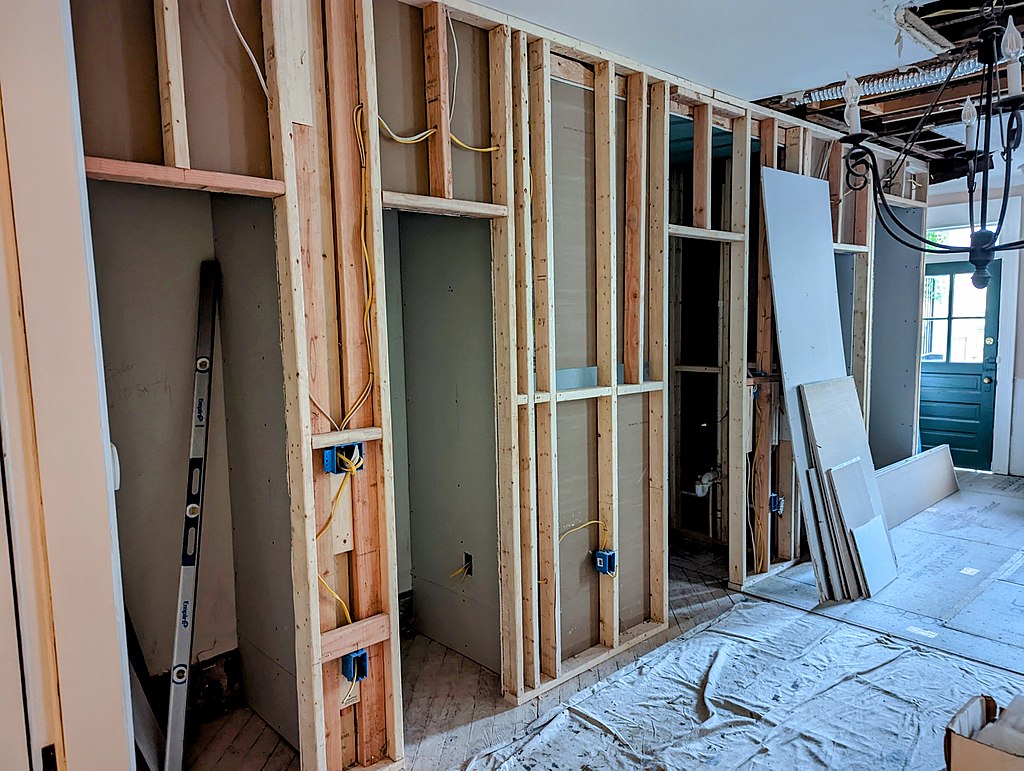Easy to construct, durable and able to sustain large amounts of weight at one time without buckling or becoming damaged, truss bridges are found world-wide. Truss bridges include covered bridges, single and multi-lane bridges, railway and military bridges.
What Is A Truss Bridge?
Comprised of triangular sections joined together, truss bridge construction is believed to have been in use since the 1300s.
Since the 1300s, structural engineers have made many infrastructure modifications to the design to build bridges that can hold varying loads, from light to very heavy.
With their remarkable strength and ability to handle stress, triangles are the perfect shape to use when constructing bridges used mainly to transport heavy materials, vehicles and more. The triangles, known as trusses, are joined together at various points to create the bridge. From a distance, these bridges resemble metal or wooden spider webs.
As structural engineering and bridge building evolved, so did the strength and durability of these bridges. Originally made of wood and stone, truss bridges were mainly comprised of materials found in the area until the 1800s when American engineers began constructing truss bridges out of cast iron and wrought iron, materials better suited for locomotives.
With the popularity of steel, a material that doesn’t rust or require much maintenance, iron materials were replaced with steel components. Most truss bridges made from the late 1800s to present feature steel materials.
Because engineers enjoyed experimenting with various designs, some truss bridges feature a top, middle and bottom level to handle large volumes of traffic.
Typically constructed with one to four traffic lanes, truss bridges were used to transport materials, goods and people all day, every day.
These days, truss bridges can span creeks, lakes and rivers, allowing for the transport of building materials, food and supplies, people, vehicles and much more. Depending on their location and use, truss bridges may be plain or feature ornate details.
Built in 1966, the Astoria-Megler Bridge, located between Oregon and Washington state, is the second longest continuous-truss bridge in the world. Crossing the Olympia River, this three-span bridge measures 21,474 feet.
Other famous truss bridges include the Golden Gate Bridge, San Franciso, California, Frances Scott Key Bridge, Baltimore, Maryland, Taylor-Southgate Bridge, Cincinnati, Ohio, Ikitsuki Bridge, Nagasaki Prefecture, Japan and the Kingston-Rhinecliff Bridge, Kingston, New York.
How Is A Truss Bridge Constructed?
By joining triangular truss panels together at specific points, engineers can build strong structures that won’t succumb to the tension heavy loads can produce. Parts of a truss bridge include chords, the top and bottom of the truss; vertical parts are called the web.
Various materials have been used to join the top and bottom chords and web pieces together. Older bridges relied on nails and rivets, while newer bridges feature other types of fasteners. As engineering evolved, so did the materials used to build and hold these bridges together.
During the 18th century, covered truss bridges started appearing in America. Over time, these bridges have become iconic symbols of American ingenuity and beauty. Because of their expert construction, a few of these bridges are still used as vehicle and pedestrian crossings and for transporting materials.
Do Engineers Still Design Truss Bridges?
While some structural and transportation engineers still design truss bridges to transport heavy loads and materials on railways and highways, many engineers have moved on, preferring to design and build modern concrete girder and beam-style bridges.
Unfortunately, because of technological advancements and current transportation needs, many truss bridges have been torn down and replaced with bridges made from modern materials. Those that survive have become state and local landmarks and tourist attractions.


